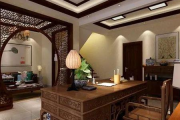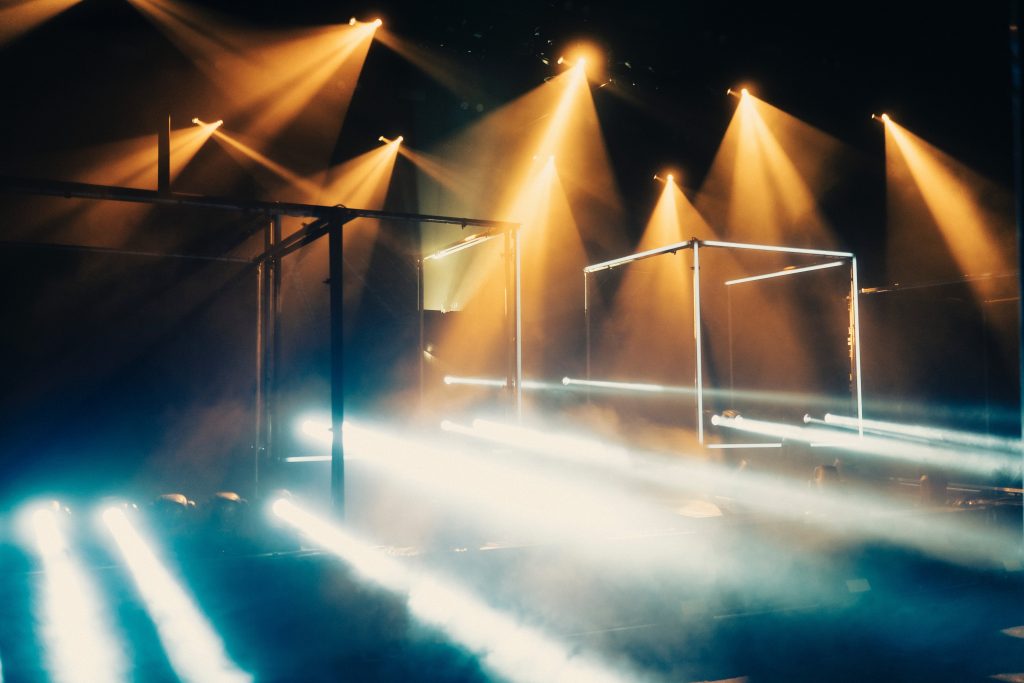Analysis of the Difference Between
Flood Lights & Spot Lights
1. Introduction
In our daily life, the light is everywhere, and the light can illuminate every place where we need it to be bright. With the light, our life is obviously more interesting. However, I believe that when many people talk about flood lights and spot lights, they will think of the stars on the stage. Those stars are only bright and beautiful when they are hit by these lights. Of course, in some factories, flood lights and spot lights often play an important role.
To explore the difference between the two, we must first understand what they are.
flood light is a point light source that can illuminate evenly in all directions. Its illumination range can be adjusted arbitrarily, and it appears as a regular octahedron icon in the scene. flood lights are the most widely used light sources in rendering production, and standard flood lights are used to illuminate the entire scene. Multiple flood lights can be applied to the scene. In order to produce better effect, put the light bulb for shooting into a large reflecting umbrella for use as a high-brightness diffused light source. Although it is indispensable for indoor lighting, it can also be regarded as one of the light sources with good lighting effects for general amateur indoor photography.
A spot light is a luminaire that specifies that the illuminance on the illuminated surface is higher than that of the surrounding environment. In general, it is capable of aiming in any direction and has a structure that is not affected by climatic conditions. Mainly used for large-area mines, building outlines, stadiums, overpasses, monuments, parks and flower beds, etc. Therefore, almost all large-area lighting fixtures used outdoors can be regarded as spot lights. The angle of the outgoing beam of the spot light is wide or narrow, and the variation range is between 0° and 180°. The beam with a particularly narrow beam is called a searchlight.
For flood lights and spot lights, many people are confused, so let’s take a look at the difference between flood lights and spot lights.
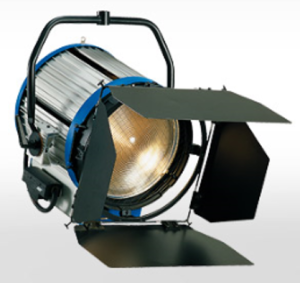
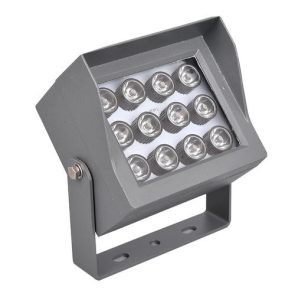
2. The differences
2.1. Difference in specifications
The main types of spot lights are as follows:
- Rotational symmetry
The luminaire adopts a rotationally symmetric reflector, and the axis of symmetry of the light source with rotationally symmetric light distribution is installed along the axis of the reflector. The iso-intensity curves of such lights are concentric circles. When this form of spot light is illuminated by a single light, the illuminated surface goes to an elliptical spot, and the illumination is uneven; but when illuminated by multiple lights, the halo does not add to each other, which can produce a satisfactory lighting effect. For example, hundreds of rotationally symmetrical flood lights are commonly used in stadiums, which are installed on high towers around the stadium to obtain high illumination and high uniformity lighting.
- Two symmetrical planes
The iso-intensity curve of this type of flood light has two symmetrical sub-surfaces. Most of the lights use a symmetrical cylindrical reflector, and the linear light source is installed along the axis of the cylindrical surface.
- A symmetrical plane
The iso-intensity strike line of the luminaire has only one plane of symmetry. The luminaire uses asymmetric cylindrical reflectors or symmetrical cylindrical reflectors plus grids that limit light. The most typical one is the retracted light distribution of the sharp cut-off block. This kind of light intensity distribution single light can obtain a relatively full illuminance distribution.
- Asymmetrical shape
The iso-intensity curve of this type of luminaire has no plane of symmetry. It mainly uses mixed light lights of different types of light sources with large differences in light intensity distribution and special lights designed according to the specific lighting requirements of the place of use.
The main types of flood lights are as follows:
- COB integrated high power LED flood light
The main difference of this type of high-power LED flood light is that the type of LED light bead used is COB high-power integrated light bead as the light source, and the power of a single integrated COB light source can be 10W-500W
For a conventional integrated light bead, we use more than one 50W light bead. For example, two 50W LED integrated light beads are installed in one light body, and high-power LED flood light lights are integrated. We mostly use a square die-casting aluminum light body integrated structure. The appearance is simple and elegant.
- SMT / SMD LED High Power Flood Light
SMD high-power LED flood light mainly refers to the LED light source that uses SMT to attach multiple LED light beads to a designed aluminum substrate. The number of patches on a single aluminum substrate mainly depends on the power of the light, the aluminum The size of the substrate and the actual power of a single light bead are determined. Usually, if a 1W light bead is used, the number of light beads attached to a 100W LED flood light is 100; the SMD LED high-power flood light body is mostly die-casting. Aluminum light body, large light source area, luminous angle of 100°, 120° and so on.
- Modular LED flood light
The structure of modular LED flood lights mainly uses lights that are spliced by multiple modules. Generally, the power of a single module is between 30W-60W. If high power such as 100W is required, we will use two 50W modules to combine The light beads of the modular LED flood lights are also made of SMT, and a single module is pasted with different numbers of LD light beads according to the needs. The module radiators of such LED flood lights are mostly made of aluminum profiles and fins. Sheet aluminum radiator, the light-emitting angle of the modular type is controlled by the lens method, and the lens with various light-emitting angles can be selected according to the lighting place.
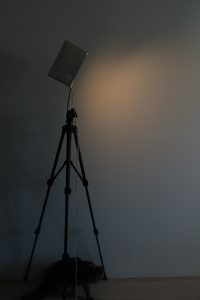
2.2. Difference in lighting effects
spot lights and flood lights are also very different in their lighting effects, the most important of which are the following 2 differences:
- Forms of irradiation
First of all, the illumination form of the flood light is diffuse, so after it is turned on, it will project light in all directions, and the area within the illumination range of the flood light will be illuminated, so it can be used to illuminate the entire scene. However, the spot light has the function of concentrating light, so it can be illuminated in a direction. When the spot light with guaranteed quality is turned on, its light will be directed to the designated direction.
- The angle of the illumination section
The illumination angle of the flood light cannot be adjusted, so no matter what kind of flood light you buy to use, although the illumination range can be adjusted arbitrarily after lighting, it will spread around the light itself. The projection angle of the light can be selected according to actual requirements, and usually any angle can be selected within one hundred and eighty degrees.
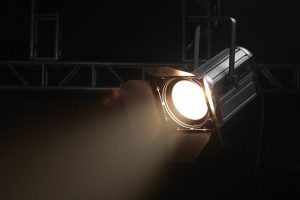
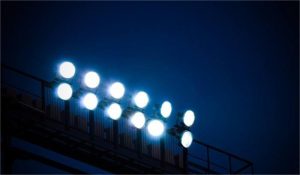
2.3. Difference in application scenarios
Since the flood light can generate scattered light sources in a large area, if multiple flood lights are used in combination, it can provide a high-brightness diffused light source for the studio. Spot lights are usually used for lighting in buildings, squares, flower beds and parks, which can make the outline of these buildings clearer at night and increase the beauty of towns at night. That is to say, spot lights are mainly used in single buildings, exterior wall lighting of historical buildings, interior and exterior lighting of buildings, indoor partial lighting, green landscape lighting, billboard lighting, lighting of medical and cultural facilities, bars, dance halls and other entertainment. Place mood lighting. The main purpose of flood lights is not to illuminate, but to create an effect. For example, the smoke and flood lights on the stage can take on a hazy fairy tale feel. Generally speaking, the place where we most often use flood lights in our lives is the stage. The placement of the lights in different positions and the adjustment of the illumination range of the lights can bring different effects to the stage.
2.4. Difference in installation methods
spot lights can be installed and used alone, or multiple lights can be combined and installed on a pole of more than 20m to form a high-pole lighting device. In addition to the beautiful appearance, centralized maintenance, and reduction of light poles and floor space, the biggest advantage of this device is its strong lighting function. When the light is projected from a high place, the spatial brightness of the environment is high, and the light coverage is large, giving people a feeling similar to daytime, so it has higher lighting quality and visual effects.
In order to meet the minimum safety performance requirements for outdoor use, the enclosure protection level of the flood light should be IP3 (open type). In order to improve the durable performance of lights and reduce maintenance workload, people pay more and more attention to the development of closed spot lights with high one-time investment costs, and the enclosure protection level is IP55.
In order to further improve the light output ratio of lights, the reflectors tend to use block plate reflectors that are conducive to reducing the light blocking of light sources and multi-focus reflectors that meet special lighting requirements; the surface treatment of the reflective surface tends to use new materials and new processes. to obtain a reflectance of over 96%.
In order to reduce the weight of lights and reduce the consumption of metal materials, light housings will be developed in the direction of plastic housings with high temperature resistance, high mechanical strength and anti-aging.
However, it should be noted that the high-purity aluminum reflector used in the spot light has the most accurate beam, the best reflection effect, symmetrical narrow-angle, wide-angle and asymmetric light distribution systems, back-opening type replacement bulbs, and easy maintenance. There is a scale plate for easy adjustment of the irradiation angle.
The installation of flood lights is relatively complicated, and it is mainly divided into the following steps:
- Install guardrails, punch holes on the wall, and the spacing is generally within 3 cm according to actual requirements;
- Do a good job of anti-static measures, such as grounding the workbench, workers wearing corresponding static clothing, anti-static measures, because the quality of LED flood lights of different grades is different, and the anti-static ability is different;
- Pay attention to the tightness of the installation, the tightness is not good, and the diameter affects the service life of the LED flood light;
- The LED flood lightwiring should preferably not exceed 25 cm, and the transformer with high power can be lengthened accordingly, otherwise the brightness will be affected.
Also pay attention to the following points when installing:
- Try to use the LED form in series, because the voltage difference of LED flood lights is special. The peak current of ordinary LEDs is maintained at 80 mA, and the reverse voltage is around 6V. When designing LEDs, it is necessary to pay attention to the peak voltage and current when designing the circuit.
- Use a voltage below 25 watts when soldering, and the temperature of the soldering iron should be controlled below 300 degrees Celsius. When the SMD LED is exposed at high temperature, do not squeeze its epoxy resin part, or wipe it with a sharp and hard object, because the LED lightis very fragile. Yes, it is very easy to damage, and the welding time is less than 3 seconds.
3. Conclusion
After the above analysis, it can be seen that there are differences between spot lights and flood lights in at least four aspects. These differences also determine where they will be used, and thus how we choose and use lighting equipment that meets our needs. All in all, spot lights and flood lights have many uses, which can be applied to all aspects of life and are good helpers for human life.


